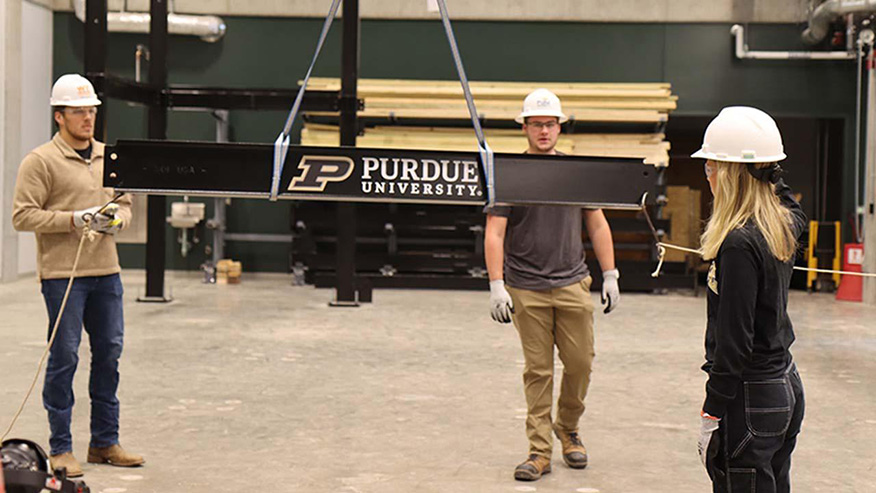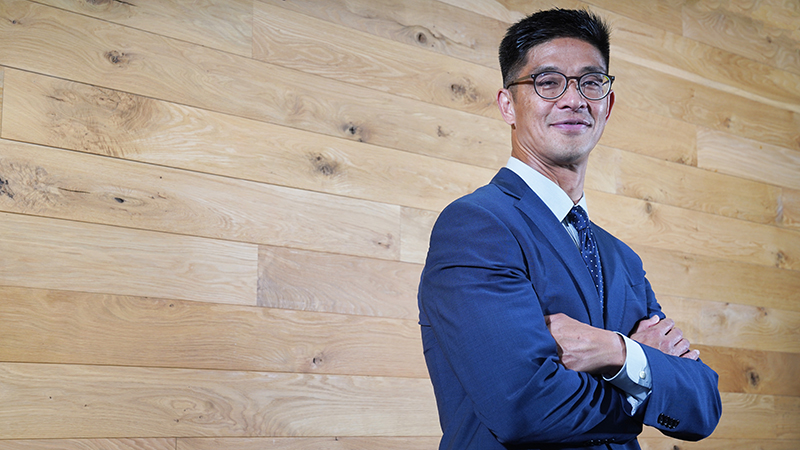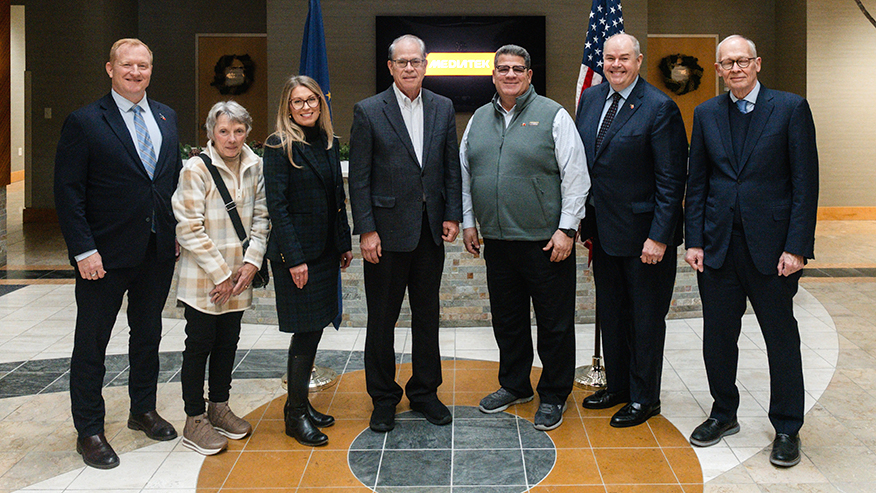Understanding the gravity of the situation: ALPHA scientists prove that antimatter falls at the same rate as matter

WEST LAFAYETTE, Ind. —
Early on in science classes all over the world, students drop diverse things to learn how gravity works and how outside forces might affect the rate of fall. But the science of falling goes well beyond the bowling ball and feather experiment. Einstein’s theory of relativity is still being studied, applied and proven in a multitude of ways today. For instance, the Antihydrogen Laser Physics Apparatus (ALPHA) project, based at CERN, published in Nature on Wednesday (Sept. 27) about the science of antimatter with the goal of discovering if gravity affects matter and antimatter in the same way. Spoiler alert: It does!
Scientists with the ALPHA program, including Purdue University professor Francis Robicheaux, work with trapped antihydrogen atoms that they create and, by precise comparisons of hydrogen and antihydrogen, use to study the fundamental symmetries between matter and antimatter. They have, for the first time, determined that antimatter falls at the same rate as matter and ruled out the theory of repulsive antigravity. In this experiment, experimental and theoretical physicists learn how gravity affects the motion of antimatter.
Read more on the College of Science/Department of Physics and Astronomy website.
Media are encouraged to share, post and publish this content.
Media contact: Brittany Steff, bsteff@purdue.edu



